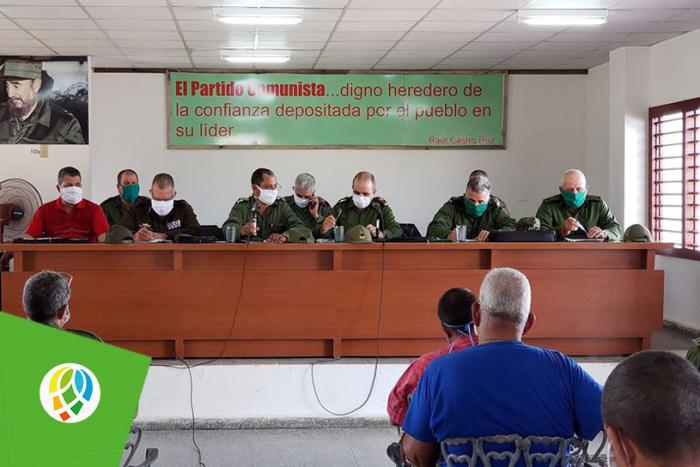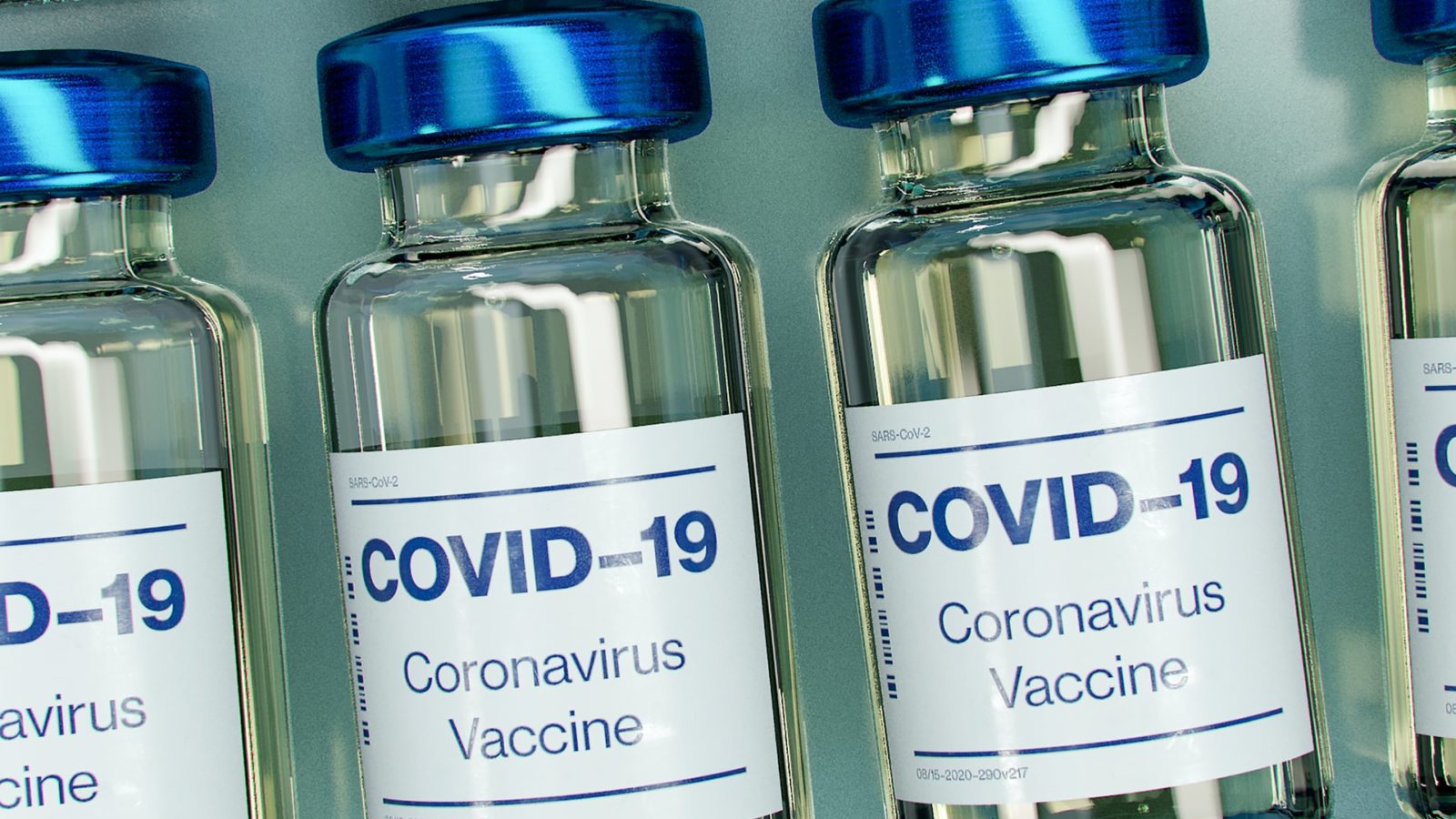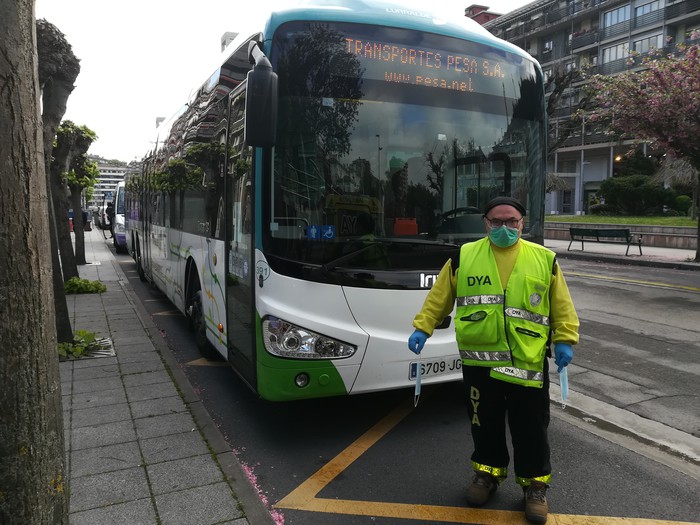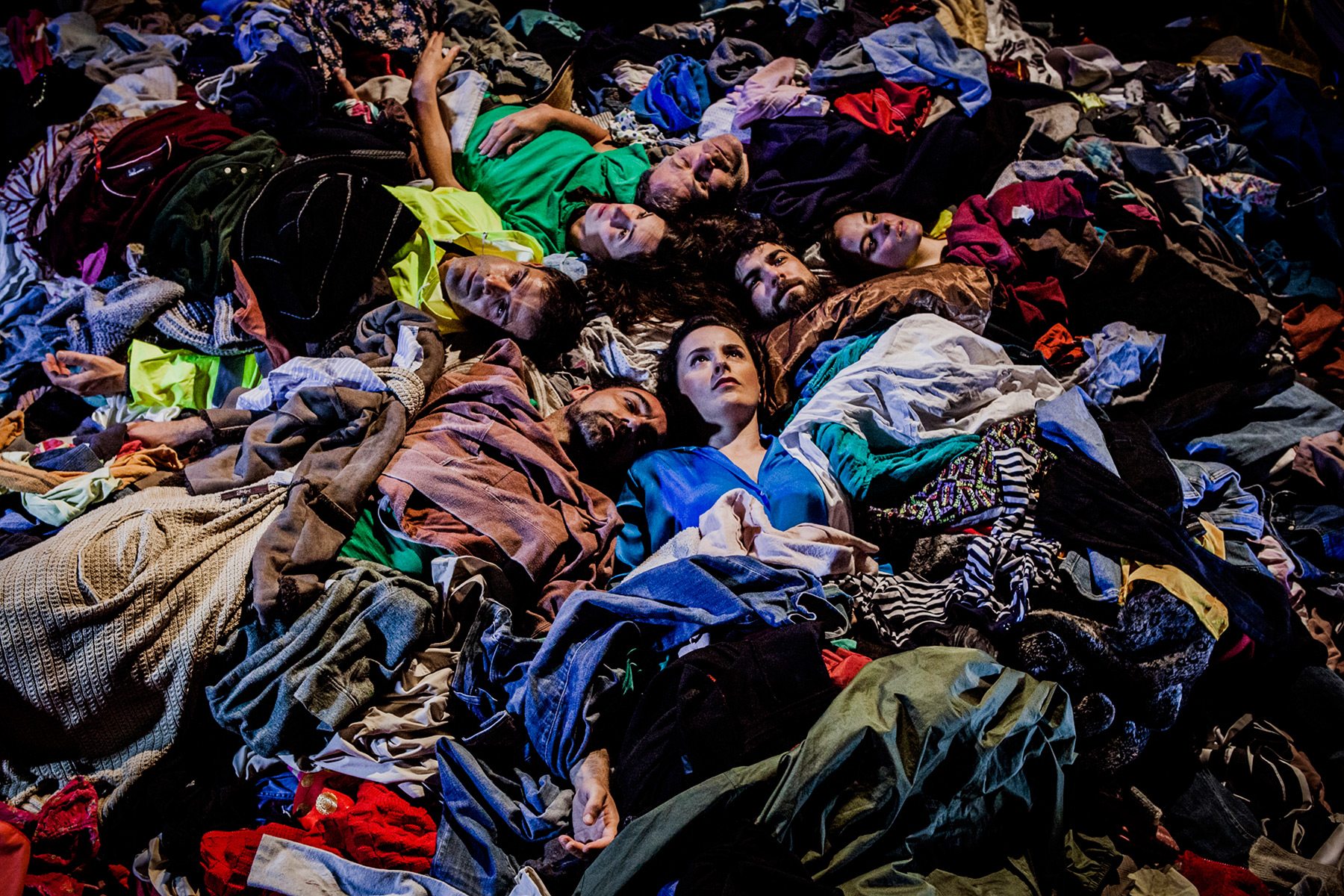Why we're all going to have to wear the mask if containment lightens
- Confinements have been established in several countries in Europe and in some of the United States. The question is when to lift a lockdown. Even if twelve days were enough to stop an escalation of new cases, it might not be enough to stop the coronavirus wave. The lockdown in San Fermín, which is expected to run in the next two weeks, will continue. Subsequently, the restrictions should be lifted step by step so that the number of new cases remains manageable.

The sudden onset of a new type of coronavirus unprepared for immunity caused cases with severe respiratory distress to multiply. Those affected need intensive care, with respiratory support that can reach three weeks.
Our health systems are incapable of acting under the pressure of such aggression. In case of overflow, other cases requiring intensive care will also fall along the way. The number of deaths that could have suffered a remedy will start to explode.
The only way to avoid this is to minimize contacts between humans in order to curb the wave of mass infection.
When the first wave of patients broke out in the city of Wuhan, authorities ordered the complete closure of the city and the province of Hubei. This happened on 23 January. Twelve days later, on February 4, the number of new cases in Wuhan began to decline. On 9 March, the Italian region of Lombardy ordered the closure of the area. Twelve days later, Italy announced the first reduction in new cases.
Confinements have been established in several countries in Europe and in some of the United States. The question is when to lift a lockdown. Even if twelve days were enough to stop an escalation of new cases, it might not be enough to stop the coronavirus wave. The lockdown in San Fermín, which is expected to run in the next two weeks, will continue. Subsequently, the restrictions should be lifted step by step so that the number of new cases remains manageable.
Efforts will be made to avoid holding mass meetings for an additional period of one month if necessary. Some travel restrictions may also be maintained. People will have the opportunity to return to work, but large meetings must be avoided. The use of masks should become a social norm.
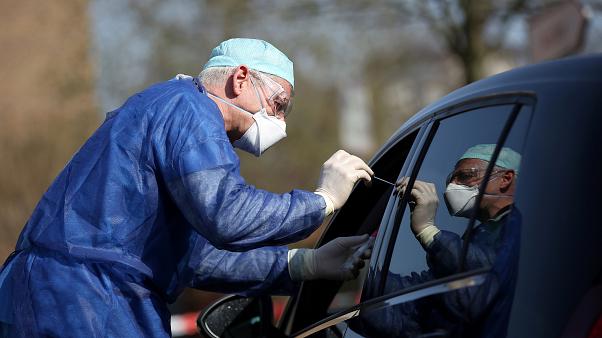
At the same time as whole populations are confined, pollution groups must be sought and isolated.
The health system needs a specific section to be able to handle the cases of COVID-19, without the risk of infecting other patients. China set up local fever clinics so people with the flu or COVID-19 symptoms can get tested. Patients with COVID-19 should be isolated for two weeks to avoid future infections. Their contacts must be actively sought. People who have come into contact immediately with an acute infected person are part of the group and should also be tested and isolated. Those who are in isolation have to be paid, because if not, some will draw and continue to spread the virus and the disease.
These measures may be intensified or relaxed as necessary. Its objective is to maintain the number of severe cases in a position to be managed. If the system works properly, we could also remove the virus.
Now we have antibodies developed by people with disease to find tests. The mass production of these tests has begun and will allow patients to take care of a Covid-19 patient to identify those who are no longer at risk.
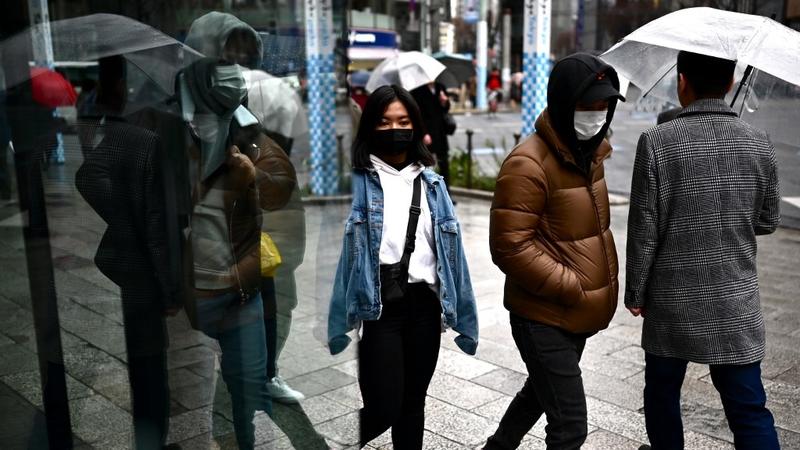
There are indications that children have been carrying the disease many times but have suffered little damage. Antibody tests will show how many of them are already immune. The larger the number, the better for others. Mass tests also seem to show that among adults there are many asymptomatic cases that infect others. In order to avoid this we should find a number of measures.
An article published by Lancet argues that we should all wear a mask:
“We have little evidence that face masks offer effective protection against community respiratory infections, as recognized by the UK and Germany in their recommendations.
However, face masks are widely used by medical personnel when dealing with patients with respiratory infections as a preventive measure of the [respiratory or salivary] drops emitted by the patient. It seems reasonable to suggest that vulnerable people should avoid groups of people and that when in high-risk areas they should use surgical masks. Evidence suggests that an infected person can transmit COVID-19 even before they have symptoms and therefore community transmission can be reduced whenever everyone – including those infected but not symptomatic and contagious, use face masks”.
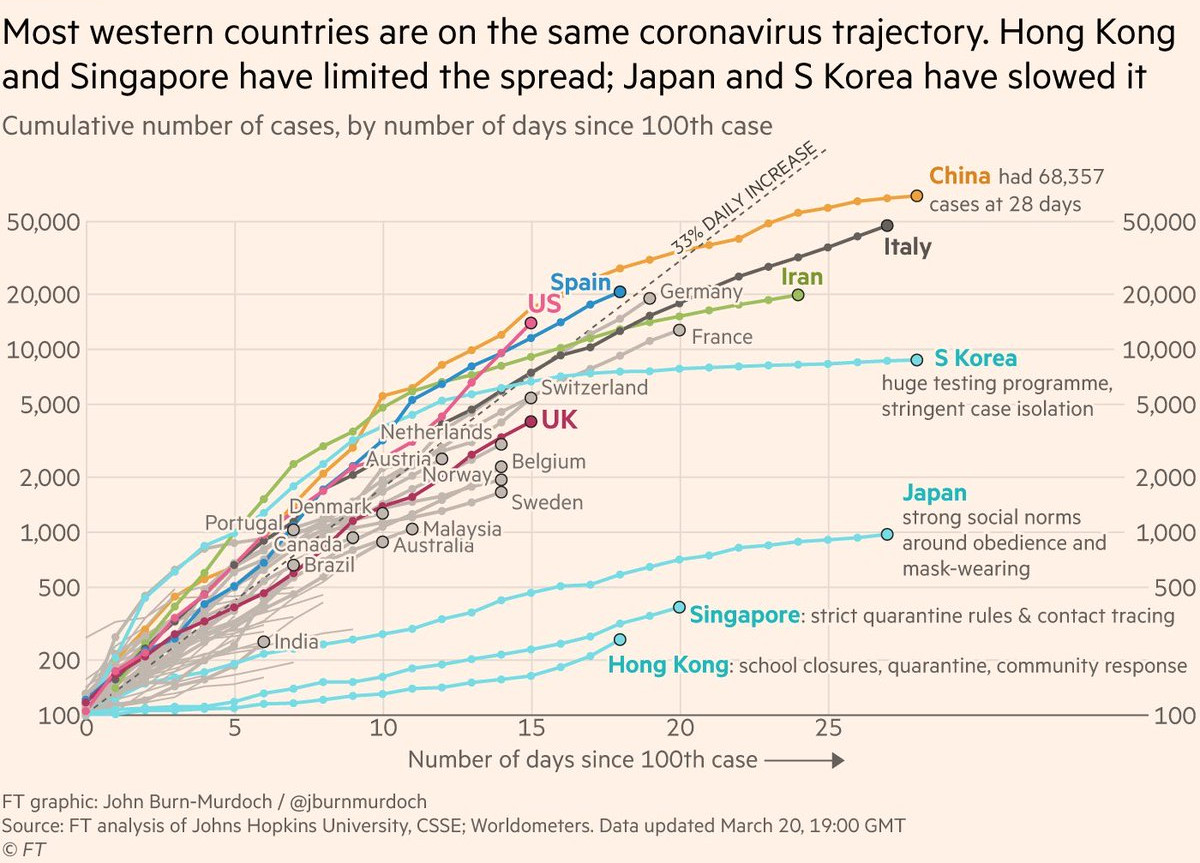
Within the table, on the right, the keys of the countries that have given the best answer: Hong Kong: school lockdown, quarantine, community response. Singapore: extricta quarantine and relationship tracking (telematics). Japan: Strong social ardas, obedience, face mask. South Korea: a very large test program and a harsh isolation of cases. (Source: Financial Times)
Wearing a costume helps protect yourself, but more importantly, it helps protect others. Everyone can carry the disease with him and without realizing that he is expanding around him. We all flush little drops when talking, sneezing, or coughing. The mask keeps us from dropping our drops.
Viruses are relatively small to pass through the pores of a mask. But the droplets carrying the viruses are larger and it is not so easy to go through the mask. On the other hand, it is believed that a single virus is less likely to cause harm and that a significant number of viruses are needed to get the disease going.
There are also cultural criteria that lead us to demand that we all wear a mask:
There are cultures that use masks as hygienic behaviour (e.g. in many Asian countries) and in contrast there are other cultures that are used only by people who are not well (e.g. in countries of Europe or North America) and that kotraste has caused stigmatization and racism [of those wearing masks], so it is necessary to better teach the public. The advantage of all people using face masks is that they avoid discriminating in their use because those wearing face masks are not well.
At the moment there is a shortage of professional masks, and those that are still available need them in our hospitals.
But you can also use a scarf, sew your own mask or complete the mask with the ingredients that are at hand at home. These will not be as good as professional face masks, but all will contribute to reducing the number of cases of COVID-19.
Viruses don't love heat. He was fascinated by soaps. You can wash the mask by heating it in the oven to 70 ° C or by cleaning it with soap.
[The Moon of Alabama blog, edited by one of Billmon's signatories, is one of the world's leading benchmarks in the monitoring of geopolitics and major international issues in general. The monitoring of the Covid-19 coronavirus is also being carried out from the very beginning, always using high guarantee sources. This article published in ARGIA was published on March 23 with the following title: “Coronavirus - How To Lift Lockdowns And Why We Should All Wear Mass”
